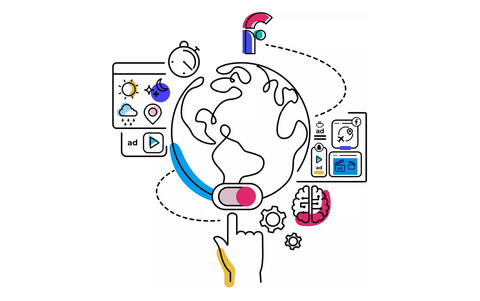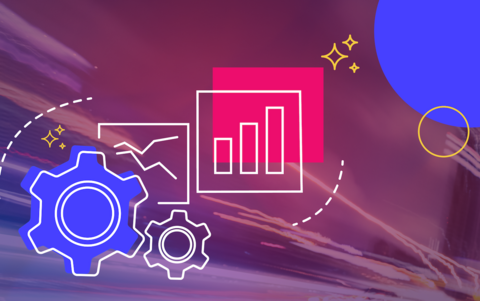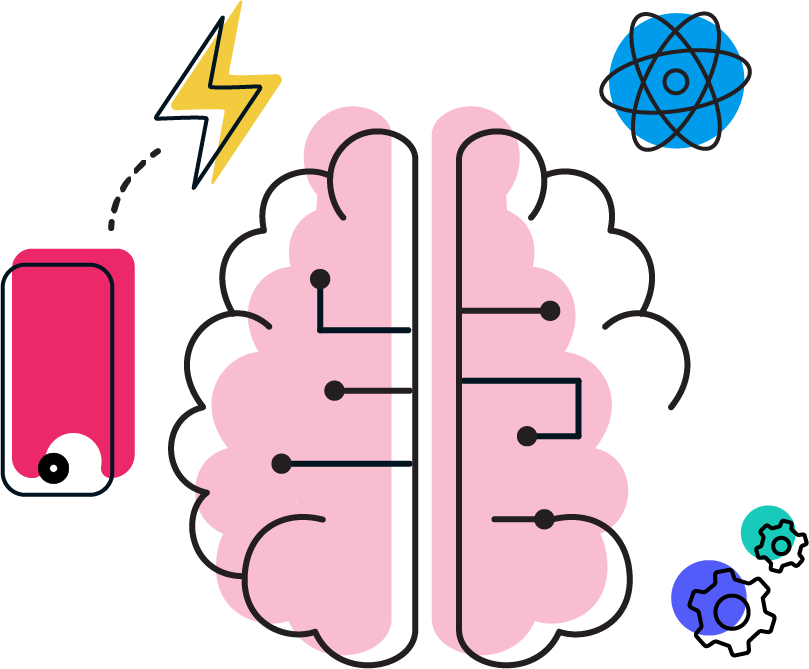
Auto-optimization solutions have not kept up with the industry's needs—until now.


90% of advertisers experience blind spots when it comes to what creative works and why. Infusing intelligence is key to providing needed insights.


The announcement that Amazon will be sunsetting its ad serving solution has shined a new spotlight on the role of the ad server and the need for an independent activation platform.


In an interview with Beet.TV, Aaron Goldman discusses Flashtalking's new branding and how we're unleashing the power of creative in advertising.


Although every organization is unique, there are some consistent best practices that are enabled by our tech stack.




Whether you want to generate new versions one at a time or a thousand at a time, you can do it with just a few clicks.








